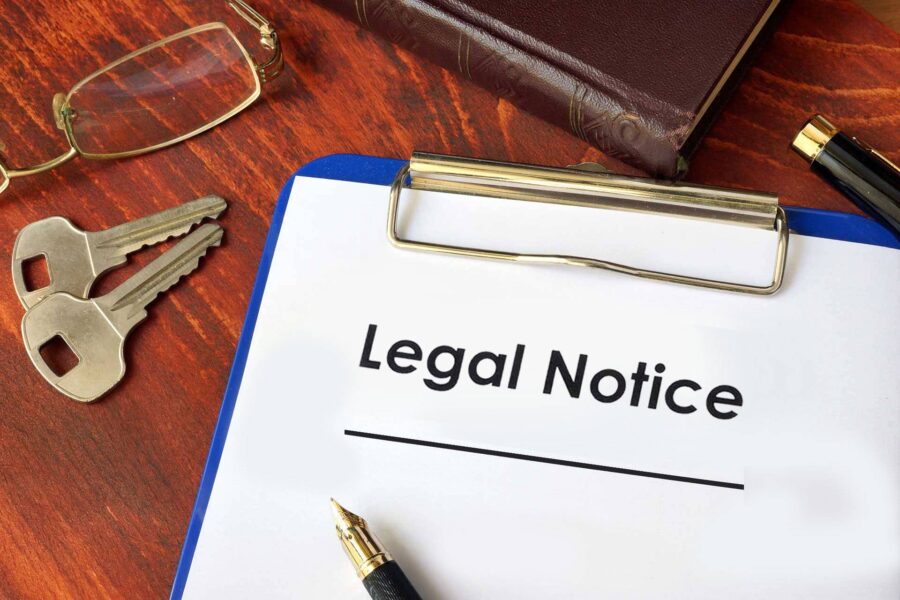Introduction:
Welcome to the official blog of the Law Offices of Kr. Vivek Tanwar Advocate and Associates, where we are dedicated to providing litigation support services for matters related to Cheque bounce. In today’s blog post, we aim to shed light on the prevailing issues surrounding the Negotiable Instrument Act, of 1882. , the legal framework in place for their protection, and the steps we can take as a society to combat these acts. Join us as we explore this critical subject and empower you with the knowledge to protect your rights and safety.
A cheque is a legal instrument that allows a person with funds in the bank to withdraw money when required. It acts as a ‘bill of exchange,’ payable on demand, and is drawn by a specified banker. The issuer of the cheque is known as the ‘drawer,’ and the recipient is the ‘drawee,’ enabling the withdrawal of money from the bank by providing the drawee’s name, date, amount, and the drawer’s signature.
What Is A Cheque Bounce?
In today’s digital age, online money transactions have become commonplace for various payments, from small-scale transactions to large business deals and employee salaries. Despite this shift towards digital payments, traditional modes of payment, including cash transactions and cheques, still hold significance, especially in rural areas. Cheques, as legal instruments functioning as bills of exchange, are particularly favoured for handling substantial amounts in business dealings, providing a safer and more convenient alternative to carrying large sums of cash.
Cheques contain essential information, including the name or bank account of the recipient, issuance date, specified amount to be withdrawn or transferred, and the drawer’s signature. When a cheque is issued with an amount exceeding the available balance in the bank account, contains mismatched information, or encounters any other error, it results in a cheque bounce or ‘dishonour of the cheque. Cheque bounce is a common issue faced by individuals and businesses alike when a cheque presented for payment is dishonoured by the bank. When such a situation arises, it is crucial to take appropriate legal action to recover the due amount. Sending a legal notice for cheque bounce is often the first step towards resolving the matter before initiating formal legal proceedings. It will provide a step-by-step guide on how to send a legal notice for cheque bounce effectively.
1: Consult with a Lawyer
Before proceeding with any legal action, it is advisable to consult with a lawyer experienced in handling cheque bounce cases. A lawyer can guide you through the process, ensure that your notice complies with legal requirements, and help maximize your chances of a successful resolution.
2: Gather Essential Information
Compile all relevant information related to the cheque bounce incident, including the details of the cheque (cheque number, date, amount), the name and address of the drawer (person who issued the cheque), the payee’s details (your name or your company’s name), and any communication or correspondence related to the cheque bounce.
3: Drafting the Legal Notice
Your legal notice should be clear, concise, and professionally drafted. It should include the following key elements:
a) Heading: Start with a proper heading, such as “Legal Notice for Cheque Bounce.”
b) Addressing the Drawer: Address the legal notice to the drawer of the bounced cheque.
c) Facts of the Case: State the facts of the cheque bounce incident, including the issuance of the cheque, the reason for its dishonour, and the amount due.
d) Legal Grounds: Mention the relevant sections of the Negotiable Instruments Act, under which the drawer is liable for the cheque bounce.
e) Demand for Payment: Clearly demand the payment of the cheque amount within a specific period, usually 15 days from the receipt of the notice.
f) Consequences of Non-Payment: Inform the drawer of the legal action you will take if the payment is not made within the given time frame.
g) Signature: Conclude the notice with your signature and contact details.
4: Sending the Legal Notice
Send the legal notice through registered post with acknowledgement due, or through a reliable courier service. Retain a copy of the notice and the proof of delivery for your records, as it will be essential in the event of further legal proceedings.
5: Wait for the Response
After sending the legal notice, allow the recipient the specified time to respond. If they fail to respond or do not make the payment within the given period, you may proceed with filing a complaint before the appropriate court.
Conclusion
Sending a legal notice for a cheque bounce is an essential step in recovering the due amount and compelling the drawer to fulfil their financial obligations. sending a legal notice for a cheque bounce is a crucial step in resolving payment disputes and seeking rightful compensation. Act promptly and allow the recipient sufficient time to respond before considering further legal actions. The properly executed legal notice serves as a powerful tool to assert your rights and encourage the drawer to fulfil their financial obligations. Always prioritize maintaining accurate records and proceed with diligence to protect your interests and achieve a fair resolution. Remember to maintain proper documentation and act promptly to protect your rights and seek rightful compensation.
We are a law firm in the name and style of Law Offices of Kr. Vivek Tanwar Advocate and Associates at Gurugram and Rewari. We are providing litigation support services for matters related to the Negotiable Instrument Act, of 1882.


Their commitment to global patient welfare is commendable.
how to buy generic lisinopril without dr prescription
Their loyalty program offers great deals.
Breaking down borders with every prescription.
gabapentin headache prophylaxis
They consistently exceed global healthcare expectations.